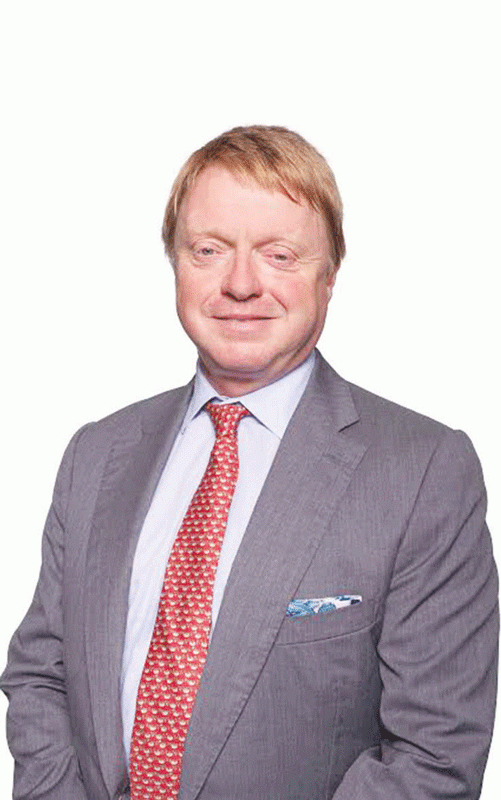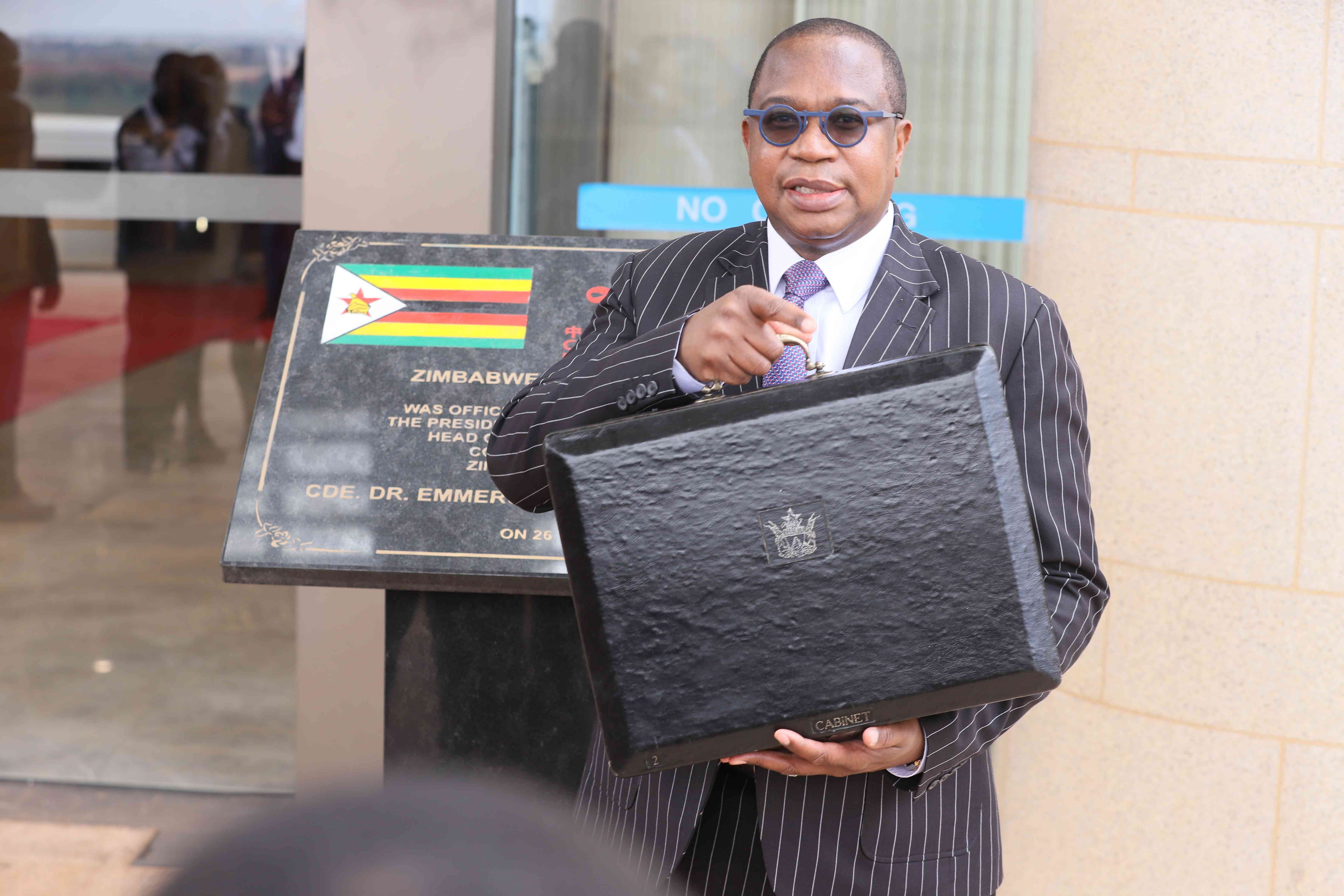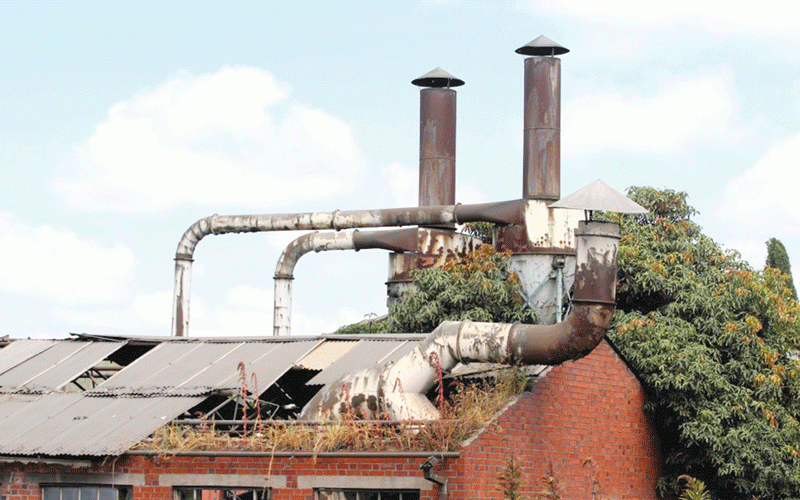
THE market capitalisation of Caledonia Mining Corporation has more than doubled over the past year, soaring to US$658,1 million on the New York Stock Exchange as of Monday. The surge reflects growing investor optimism about the company’s Bilboes Mine project in Zimbabwe, which is poised to become Caledonia’s new flagship operation. The company plans to shift focus from the long-running Blanket Mine, which has an estimated remaining life of 10 years, to Bilboes, expected to produce up to five tonnes of gold annually. In this interview, Zimbabwe Independent group business editor Tatira Zwinoira (TZ) speaks with Caledonia chief executive officer Mark Learmonth (ML) about how the company is positioning itself to capitalise on this wave of investor confidence:
TZ: How are you going to leverage this growth of your market cap in terms of capital raising activities?
ML: What it means is that a higher share price is less dilutive. If we need to raise, say, US$100 million, we need to issue fewer shares to raise US$100 million than if our share price was US$15. And that speaks straight to our strategy of maximising net present value per share by minimising dilution. So, it is very helpful.
TZ: You mentioned earlier about the continued feasibility studies at Bilboes and surface exploration at Motapa. What is your current timeline or key milestones for bringing either of these projects to a production-ready stage, and how might they reshape Caledonia’s overall production mix?
ML: Motapa is an exploration project, so it is impossible to put any timeline on large-scale, meaningful production at Motapa. We have done a lot of work on the Bilboes project, and I personally feel that we are very close to making a decision as to how to go forward. Even if we make an immediate decision to proceed with the Bilboes project, it is probably going to take the best part of a year to raise the funding, which will primarily be debt. So, that would take you to the end of 2026, and then, using the best will in the world, it is a two-year build. That should give you an approximate view of the potential timeline. But frankly, we would very much be in the hands of how long it takes to raise the debt.
TZ: You did mention in the earlier meeting that once Bilboes comes online, the overall contribution to the total tonnage of gold deliveries could go up to 7,5 tonnes. So, that is significant.
ML: Bilboes will produce on average about 150 000 ounces per year. So, in kilos, you are looking at five tonnes. We are doing 2,5 tonnes at the moment. So, 2,5 tonnes plus five tonnes is 7,5 tonnes a year.
TZ: Following the sale of your solar business for over US$22 million, how are you planning to redeploy the capital?
- Caledonia profits up 16% after record production
- Power crisis pushes Blanket Mine into fresh costs
- Caledonia profits up 16% after record production
- Caledonia splurges US$4m on Zim gold mine
Keep Reading
ML: It is going to be deployed to Bilboes.
TZ: Could you elaborate on how these power-related efficiencies are transforming your cost structure and whether you see similar opportunities at your other assets like Bilboes and Motapa?
ML: Well, Bilboes and Motapa do not have any operations at the moment, so there is no scope to reduce their costs there. But, it is fair to say we are benefiting from the power factor correction equipment at Blanket. One of the things we have decided is that the best way for us to reduce our electricity bill is to reduce our overall consumption.
We are working with a company called Volt Vision, through which we are measuring much more accurately how we are using power, and therefore we can make better-informed decisions about how to save power. So, first of all, we use less power. And the second thing we want to do is to use less diesel, because diesel is five times more expensive than solar or power from the grid. And the way to use less diesel, we believe, is for us to construct a connection to the 132kV backbone, which will cost about US$10 million or so.
This should reduce the power outages that we get as a result of the poor quality 33kV line, which currently connects us to that 132kV network. That is probably where we are going to get the best savings.
TZ: You have revised your production guidance upward for 2025 and achieved record recovery rates at Blanket. What specific operational or technological improvements have driven this performance, and how confident are you that these efficiencies are sustainable over the next few quarters?
ML: So, the increase in guidance was primarily because we are getting more tonnes. We are getting more tonnes because we reconfigured the management structure at the mine. We are effectively running them as two separate businesses: a mining business where the person in charge is responsible purely for getting blasting tonnes, tramming tonnes and hoisting tonnes; and then a completely separate business, which is the metallurgical business. So, the mining guy has done great in terms of increasing his tonnage, so we have got more tonnes. We have actually built up a modest stockpile. And then the metallurgical guy, because he is now focused purely on metallurgy, has increased, as you say, his metallurgical recovery.
That really comes down to a more intelligent use of reagents and a new CIL tank, or an additional CIL tank, which increases residence times. We are comfortable that, provided the grade stays reasonably at the same level, we can maintain recovery at 94% to 95%.
TZ: Do you have a production estimate for next year?
ML: Not yet, but it will be about the same as this year.
TZ: In May, Caledonia announced plans to “sweat” its Blanket Mine to build cash reserves up to US$60 million by year-end for future commitments and exploration efforts. Can you give us an update on how far you are in achieving that goal and where you stand now?
ML: I cannot give any guidance on that until we have published our third quarter results in mid-November. But we still stand by that intention to build our cash reserves so that we can contribute to funding Bilboes.
TZ: Much of your growth for the year is as a result of the over 40% increase in year-to-date gold prices. How are you leveraging that for further future growth, and do you have any plans in place to leverage any more future price increases for overall business performance?
ML: If the gold price goes up, we cannot help it; we just make more money. And that means if we can persuade the miners to spend less money, we retain more money. So, there is nothing we can do to get the gold price higher. We cannot manufacture a higher gold price. So, we are luxuriating at a higher gold price, we are generating more cash, and we are going to retain more cash to contribute more to building Bilboes.
TZ: You also mentioned that US$41 million capex had been set aside for the year and at that time US$10 million had been utilised. How much has since been utilised, and how was this spent?
ML: Again, I cannot comment on that until we have published our results. But, I can tell you that with the capex, we are on track to achieve our full-year guidance. We are not going to overspend. Similarly, I doubt we are going to underspend. So, it is on track. The phasing of how the money is spent quarter on quarter is quite volatile; it varies. But we are very much on track to achieve what we expected.
TZ: Is Bilboes going to be one of your main projects?
ML: It is the main project, in fact.
TZ: How much funding in total is needed for the project?
ML: Again, all I can refer you to is a preliminary economic assessment that we published some time ago now, which showed a peak funding requirement of about US$310 million. All I can say is that in the intervening time, capital costs have gone up, but the increase in capital costs has been outweighed by the higher gold price. So at this stage, I cannot provide more information.
TZ: What is the plan to raise that money?
ML: It will be a combination of debt. The debt providers would be development finance institutions, but we are seeing increased interest from local and regional commercial banks for the debt, which is very surprising. So, debt, our own cash resources, and then the balance would be either new equity or some sort of mezzanine funding.
TZ: What is your capex for next year?
ML: Too early to say; the budget has not been approved yet, so I cannot tell you that because I do not know.
TZ: Okay then, so tell me instead what will be the main focus areas?
ML: The main focus will be continuing to spend and maintain the operational integrity of Blanket, which is really important; keeping that diesel engine running smoothly; further exploration at Motapa; and then working on the development at Bilboes.











